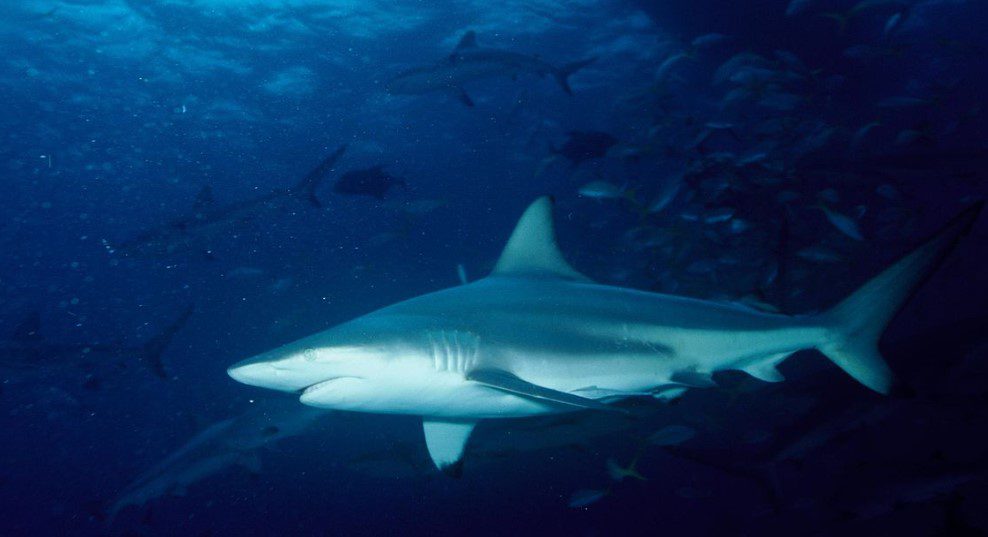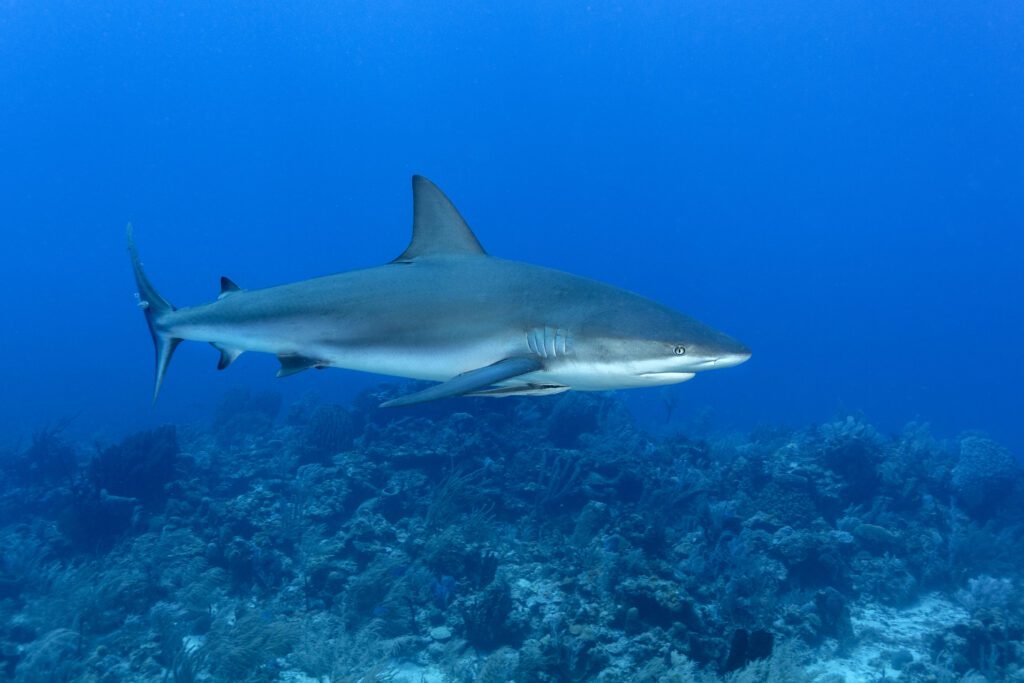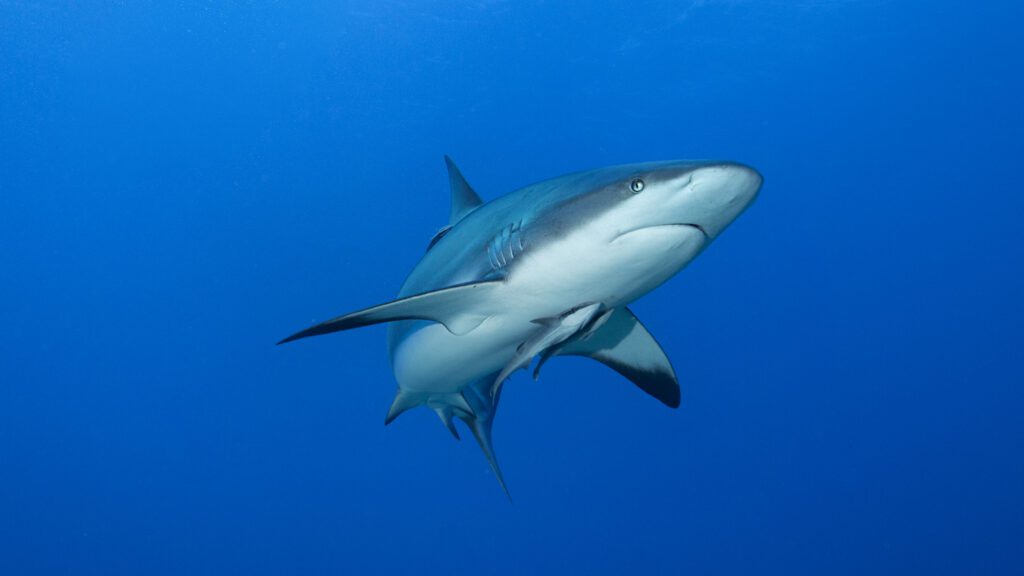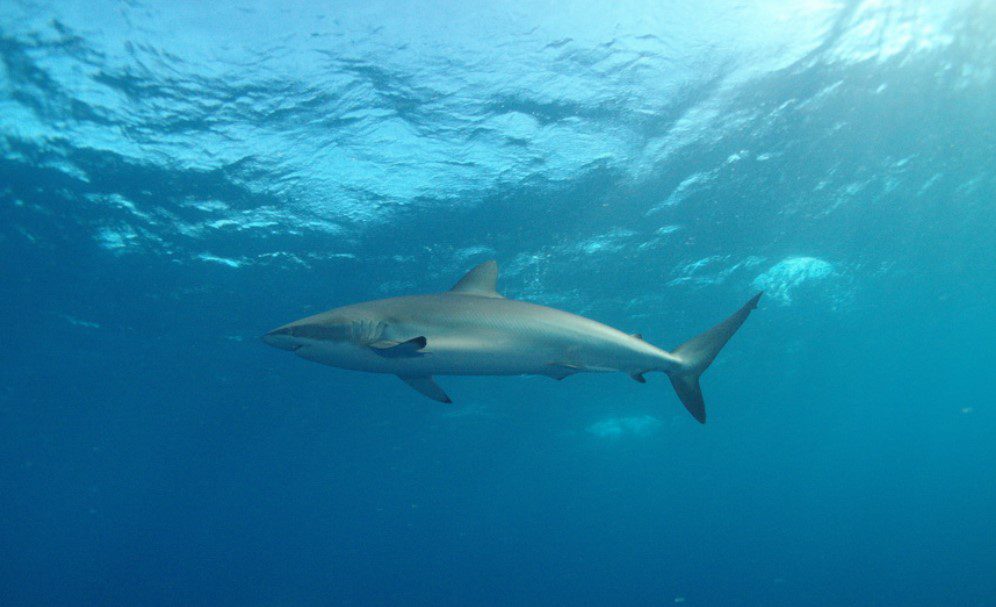Caribbean reef sharks are the most common coral reef shark species in the western Atlantic Ocean, but they are heavily fished throughout most of their range. Most Caribbean reef sharks are highly site faithful, and many may spend their entire lives at one reef location. These sharks are increasingly important to tourism economies, as encounters with Caribbean reef sharks are sought after by divers in countries such as The Bahamas, Belize, and Honduras. We found that large, mature females at Lighthouse Reef Atoll had very small home ranges, and preferred locations where there was plenty of food, namely fish spawning aggregations. This makes sense, as growing up to 6 pups a year takes a lot of calories. Caribbean reef sharks were recently listed as endangered to extinction due to high levels of targeted fishing throughout their relatively small range.

Blacktip shark
The blacktip shark is a sturdy, gray, medium-sized shark characterized by the black markings on the tips of its fins and a distinct white ‘z’




